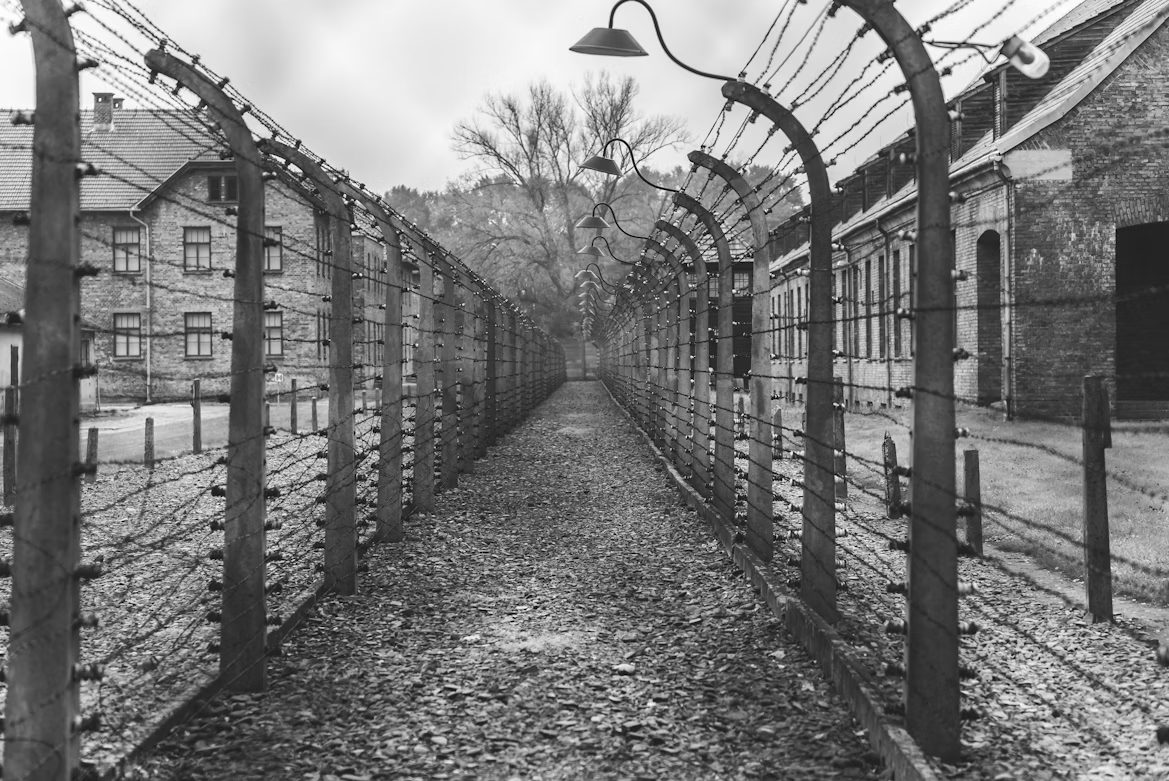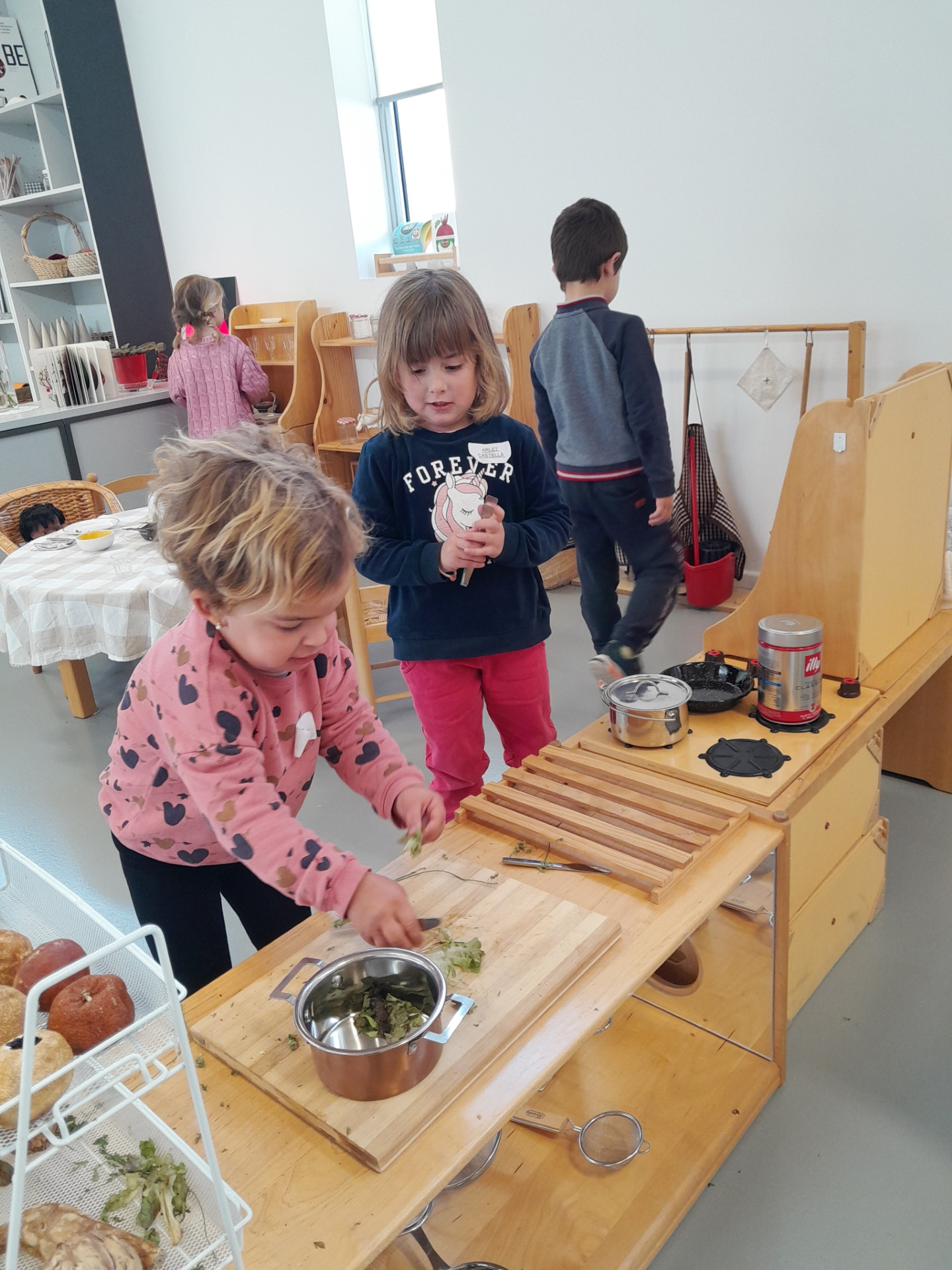Project Description
Participating countries
Italy and Spain
Participating institutions
Roma Tre University (Participating degrees: Primary Education)
UVic-UCC (Participating degrees: Double Degree in Preschool and Primary Education)
Years running
2019 – present
Languages
English
Project description
Taking part in the Storytelling project, students are challenged to write a story with some classmates, to transform their experience abroad into narrative, creating a format to be used in a class of their own. Following the teacher’s guidelines, students are asked to reflect on different structures and innovative strategies in storytelling sessions from the double perspective of students and trainee teachers. PowerPoint recordings with explanations are provided, which help as an introduction to foster the creative writing process. The first session is about the scope, chronology and main topics of children’s books and picture books, and the evolution of children’s literature into more recent formats; the second session deals with drama in relation to children’s literature, providing materials on the structure of stories that people read, and the difference between children’s stories and adult stories. The classical Aristotelian structure, divided into three acts, was then introduced, along with the concept of the base chain, which is the formula of the structure, in order not to forget which parts need to be included in the story.
Then, students create a story (either in pairs or in group, reporting the roles and activities carried out within the group by each participant); they can either meet online (meetings arranged by themselves but guided with the two responsible teachers), and/or use the forum provided on the Moodle platform.
The stories will function as a narrative report of their experience abroad, and could be then collected into a digital book.
Goals
Fulfilling the initial hopes concerning the level of English of the trainee teachers to obtain the qualification to teach at primary school is one of the main goals for this activity. At this stage, develop teamwork strategies for completing a joint project is matched with the enhancement of language competences and ICT skills, mixing Italian and Spanish students to work online and create nice projects in a class-sharing, flipped-classroom methodology. The following points are discussed, justified and assessed in the online sessions:
- The NARRATIVE STRUCTURE chosen to create a story for English Language Learning (Causal Structure with two variations for the final turning point; or Descriptive Structure with five variations for the inner development of the plot).
- The AGE OF THE TARGET for whom the story is made (trainee-teacher peers and/or pupils at Primary level).
- PROTAGONIST’S GENDER: During the sessions given, a broad explanation is devoted to the need for the stories to be in the line of gender equality.
- The TYPES OF PROTAGONISTS
- The TOPICS: transforming experiential learning into narration for didactic purposes, targeting some specific language items.
- The FORMAT of the story (narration, song, rhyme, poem, or any alternative format).
- The ASSESSMENT of the story: how students are going to self/peer-assess the activity.
Activities
The task assigned to students consists of
- Writing a short story (between a page and a page and a half long) in the form students like, choosing one of the structures and following the base-chain given beforehand. Students should work in pairs or in group, online, using the forum on the lab platform to cooperate. The stories created are meant to have a learning aim for the students which can be target-vocabulary, grammar forms or functional expressions. Some key requirements must be satisfied: the audience should be either peer trainee teachers and/or pupils between 3 and 12 years old (kindergarten to primary school education; vocabulary and structures should be adapted accordingly); a title; and a biography for the main character must be built up to help to create the story. Students must also give a name to the main character which should sound familiar to their audience, to foster empathy and make the listeners feel the framework close to their everyday life. The actions of the story should be numbered. Some rules for writing for children will be suggested too, as children are as demanding as adults: the point of view should be the readers’; ellipsis ought to be used so that suspense may trigger the need to guess what is coming next; no overuse of fantasy. All in all, stories must be real and straight, and complications must look like real difficulties.
- Produce a report on the collaborative activity carried out during the project.
Contact
Mireia Canals (UVic): mireia.canals@uvic.cat
Raffaella Leproni (Roma Tre): raffaella.leproni@uniroma.it




